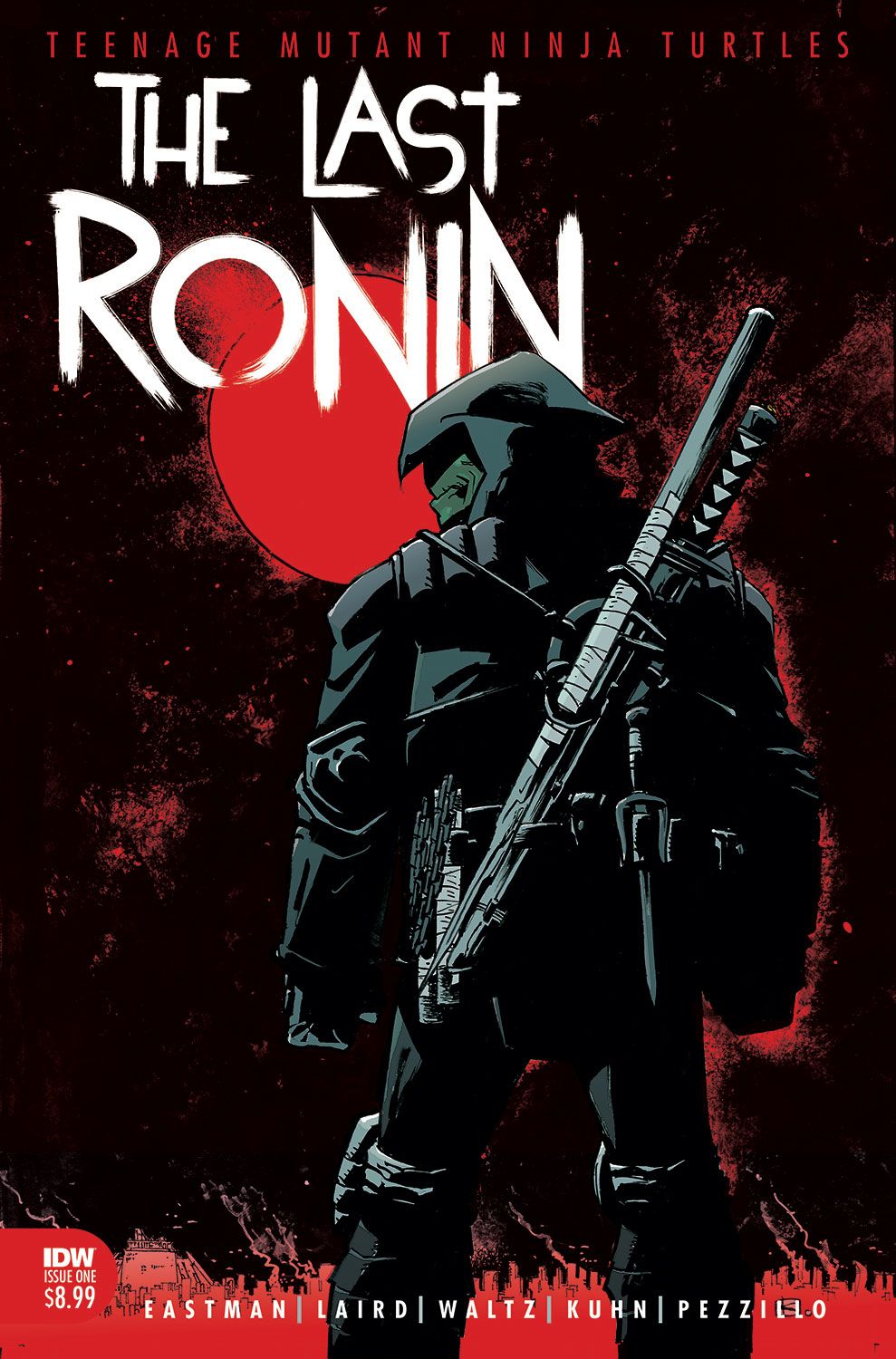Teenage Mutant Ninja Turtles: The Last Ronin Delivers a Fresh Instant Classic
- WRITER
- Tom Waltz, Peter Laird, Kevin Eastman
- Artist
- Isaac Escorza, Ben Bishop, Esau
- Letterer
- Shawn Lee
- Cover Artist
- Esau, Isaac Escorza, Luis Antonio Delgado
- Publisher
- IDW Publishing
- Colorist
- Samuel Plata, Luis Antonio
There have been numerous comic stories that tell the tales of familiar heroes in their later grizzled years, after they've gone through the wringer time and time again and the years are starting to show. And now, it's time for the Teenage Mutant Ninja Turtles to meet their dark future. With Teenage Mutant Ninja Turtles: The Last Ronin, Kevin Eastman and Peter Laird are back together along with Tom Waltzs to tell a story about the final Turtle avenging his fallen brothers. They are joined by artists Esau, Isaac Escorza, and Ben Bishop to depict a neon-drenched dystopian future in New York City. With the final Turtle's identity kept a mystery until the end of the issue, the debut issue captures the spirit of a TMNT story with darkness looming on the horizon.
With the rest of the Turtles having been slain, The Last Ronin follows the remaining Turtle in a black bandana over his eyes instead of the normal distinguishing color. He has had enough with waiting on the sidelines outside the now walled in NYC. He is going to get his revenge on the person who killed his brother. New York is under the control of the offspring of a former villain and the Last Ronin is there to kill them. He is not welcomed with open arms as he enters the city as he quickly draws too much attention to himself as the authorities are hot on his tail. Through the story, the ghosts of his brothers offer comedic jabs or words of advice as he digs himself deeper into the belly of the beast.
Related: TMNT: A Familiar Enemy Set His Sights on the Turtles' Ninja Dojo
Eastman, Laird, and Waltz craft a wholly unique future out of the familiar world of TMNT. Even though this is the future, the familiar grit of the earlier TMNT stories is clear. The Last Ronin is filled with jokes from the ghosts of the Turtles that never let the story fall too far into the darkness. The balance that the writing team brings to the story allows the violence and the sadness never grow too gratuitous which can often occur in stories that follow a similar end of the line storyline. Even with the dark nature of the book, it never loses the heart that Ninja Turtle books are known for. The humor of the story also helps to throw off the scene of the true identity of the Ronin until the big reveal at the end of the issue. The reveal itself is extremely satisfying and heartwrenching for long time Turtle fans.
Most futuristic stories depict a pristine clean art style but Esau, Escorza, and Bishop's styles paint a unique version of the future that feels fitting for the TMNT. The city is clearly broken up into sectors from the grimy look we see when the Ronin first arrives. As he gets further into the city, things become cleaner and brighter. The technology gets less conventional and more futuristic the deeper he goes as well. The transition from motorcycles and bars to flying cars and skyscrapers is a great storytelling touch done through the art.
The debut issue of The Last Ronin sticks the landing with a bombastic first issue instead of landing on its shell.

